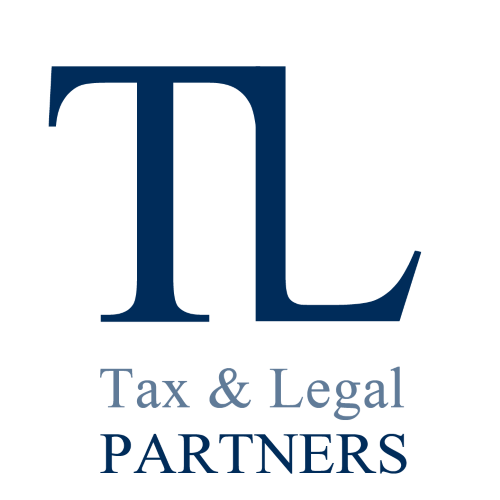The Synthetic Tax Reliability Indexes (Isa) represent the new tool with which business, arts or professions operators must compare themselves to verify the “normality” and consistency of business or professional management, also with reference to different tax bases.
The ISAs, introduced with Decree Law no. 50/2017, from the 2018 tax period, definitively replace the sector studies and the parameters; they were introduced as part of the defined tax compliance initiatives and were promoted with the aim of encouraging collaboration between the Administration and taxpayers, promoting the spontaneous fulfillment of tax obligations. Unlike sector studies, they do not constitute a direct assessment tool, but a statistical-economic methodology, based on the analysis of data and information relating to several tax periods, which allows each taxpayer to express on a scale from 1 to 10 its degree of fiscal reliability. The higher the value obtained, the greater the recognized fiscal reliability, and it is precisely on the basis of the score obtained that the taxpayer will be able to obtain specific reward benefits, for example, he could be excluded from certain types of controls, benefit from the reduction of terms for assessments by the Revenue Agency or be exempt from affixing the visa of conformity, for the compensation of tax credits.
The indices are approved by ministerial decree, by 31 December of the tax period for which they are applied, and can also be subject to integration, by the month of February of the following tax period.
With reference to the 2020 tax period, several innovations have been introduced, above all to take into account the epidemiological emergency from Covid-19.
We take up the regulatory references applicable in 2021, with reference to the 2020 tax period, which allow us both to identify which are the relevant provisions, for the purposes of the correct application of the ISAs, and to detect the main changes made to the models.
Let’s start with provision no. 27444 of 28 January 2021, with which the Agency approved the 175 ISA forms and the related instructions for completing them, which integrate the 2021 “Income” return models. The new models incorporate the causes of exclusion that had been approved in implementation of the art. 148, co. 1, of Legislative Decree 34/2020, the so-called Relaunch Decree, and are compliant with art. 9-bis, co. 7, of the legislative decree 50/2017, which provides for the possibility of identifying further cases of exclusion from the applicability of the ISAs.
In particular, the Mef, with the ministerial decree n. 33 of 2 February 2021, introduced three new causes for exclusion from the application of the indices in force for the 2020 tax period, concerning taxpayers who:
- have suffered a decrease in revenues, pursuant to art. 85, co. 1, excluding those referred to in letters c), d) and e), or the fees referred to in art. 54, co. 1, of the Tuir (Dpr. 917/1986) of at least 33%, in the 2020 tax period compared to 2019;
- have opened the VAT number starting from 1 January 2019;
- carry out one or more activities falling within the 85 Ateco activity codes, for which the non-application of the ISAs was envisaged for the 2020 tax year, as per table no. 2 attached to the “General section instructions” (by way of example, these are the catering, retail, personal services, sports, entertainment and recreational sectors).
The instructions specify that, as happens for multi-activity companies or for those belonging to a VAT group, subjects who certify that they are in one of the aforementioned conditions of exclusion will in any case be required to complete and submit the ISA form, together with to the tax return. For all the other causes of exclusion, the exclusion from the presentation was instead confirmed.
For the new hypotheses of exclusion, with cause that can be found in the health emergency, the reward system obtainable with a vote higher than 8 does not apply, nor will it however be possible to be included in the selective lists for the purposes of tax controls (see in this regard the article 9-bis, paragraph 14, of Legislative Decree 50/2017), given the preparation and related electronic presentation of the model for statistical purposes only.
It should be emphasized that, while the 85 Ateco activity codes are totally excluded from the applicability of the ISAs, for all other subjects the exclusion operates only by virtue of a drop in revenues/fees of at least 33% compared to the previous year; the motivation is to be found in the suspension of the activities suffered by the former, due to the closure days imposed, as well as by the further limitations in terms of methods and times of carrying out the same.
There are also two further innovations, the first concerning the complete replacement of part G, with part H, in relation to models aimed at professional activities. The new part, in the part relating to accounting data, now follows in terms of structure and composition the lines of part RE of the Income PF model. The second concerns non-repayable contributions, recognized to subjects affected by the epidemiological emergency, and the specific warning contained in the instructions for completing parts F and H. It is now known that these contributions do not contribute to forming income and must be excluded from taxable bases, therefore, must not be indicated in any of the lines that make up the above-mentioned tables.
Since last May 3, it has been possible to send requests to obtain the pre-compiled data for 2021. With the provision of the Revenue Agency, n. 102484 of 23 April 2021, the technical specifications for the acquisition of the additional data necessary for the purposes of applying the ISA 2021 were in fact approved.
The method for acquiring data can be massive, by the intermediaries, distinguishing in such cases between subjects already in possession of a proxy for access to the tax drawer or not, or punctual by the taxpayer and the appointed intermediaries .
Carmelo Mollica
TL Partners

